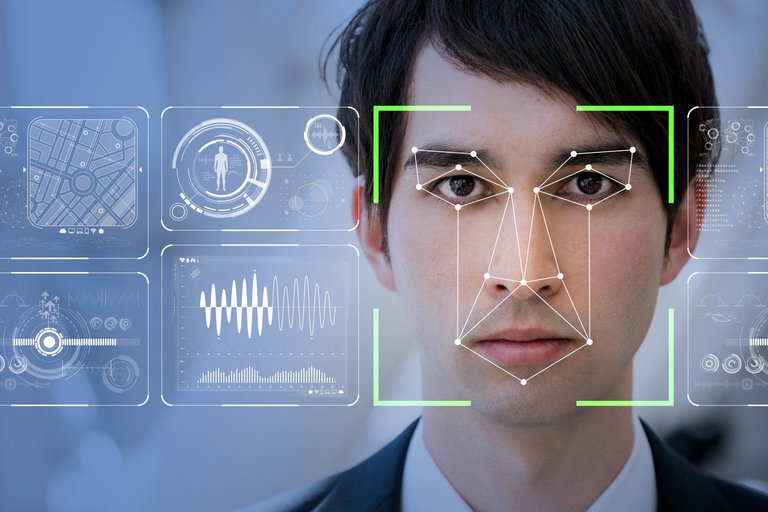
pic credit- google
US Customs and Border Protection (CBP) composes that a 26-year-old man from Sao Paulo, Brazil, introduced a French visa to the CBP officer directing essential reviews. On account of the new facial examination biometric framework, it was found that his face didn't coordinate the photograph in the travel permit.
The CBP officer sent the voyager for an extensive examination, and soon thereafter his bona fide Republic of Congo distinguishing proof card was found covered up inside his shoe. He was captured, prepared, and sent back to Brazil. US authorities said this was the primary character trick to be recognized utilizing biometric section and leave correlation, which is presently in activity at 14 airplane terminals. Dulles initially tried the framework in 2015, preceding completely actualizing it on Monday.

pic credit- google
"Facial acknowledgment innovation is an imperative advance forward for CBP in shielding the United States from a wide range of dangers," said Casey Durst, CBP's Director of the Baltimore Field Office. "Fear based oppressors and culprits consistently search for innovative techniques to enter the U.S. counting utilizing stolen real archives. The new facial acknowledgment innovation for all intents and purposes disposes of the capacity for somebody to utilize an authentic archive that was issued to another person."
Enhanced security isn't the main advantage the framework conveys to airplane terminals. Government authorities appraise that it has decreased the normal sit tight time for arriving global travelers by around four minutes. The CBP trusts that facial acknowledgment will at last supplant tickets and IDs.

pic credit- google
The principle issue individuals have with the framework, obviously, is its capability to commit errors. Traditions authorities say it has a 99 percent precision rate. That is surely superior to anything one UK police power's facial acknowledgment tech, which once had a 92 percent false positive rate.